Pigs in cities: why wild boar stray into urban areas
Wild boar are found throughout the world, and are known to stray into urban and surrounding areas, putting them into potential conflict with people. There are between 2,000 and 3,000 wild boar in Hong Kong, where civilisation has encroached on their natural habitat. Attacks on people are rare, but the male wild boar is not to be trifled with. It can grow up to 200kg in weight, run at 40km/h and shift a heavy tree trunk with its snout.
Authorities in Hong Kong began culling wild boar in late 2021 after one bit a policeman, sparking criticism from animal rights groups. Here’s a closer look at urban wild boar, visually explained.
WILD BOAR BREEDING
URBAN VS NON-URBAN WILD BOAR
Urban wild boar show larger body size than non-urban boars, according to a recent study in Spain, where they have thrived in some of the country’s urban areas. The size difference was likely due to them eating human-made food.
The urban variety tend to have a shorter life expectancy than non-urban ones.
WILD BOAR IN URBAN AREAS
Wild boar roam some European cities, including Barcelona and Rome, where people complain of them raiding rubbish bins and wandering through streets and parks. In Hong Kong, they tend to remain hidden in wooded areas, but venture out for food, unafraid of people. During the Covid-19 pandemic, more wild animals strayed into urban areas that had turned quieter during lockdowns.
NAVIGATING URBAN AREAS
Sense and orientation
Wild boar generally have good orientation abilities and spatial awareness, and use landmarks and scents to find their way around. There is also evidence that swine species have a strong sense of Earth’s magnetic fields, and they tend to forage and move along the north-south axis. Studies have suggested that overhead power lines can confuse the internal compass of some migrating animals.
Boar eyesight
The eyesight of a boar is not as strong as its sense of hearing and smell. Boar lack some depth perception, which limits the ability to accurately perceive how far away they are from an object or a person.
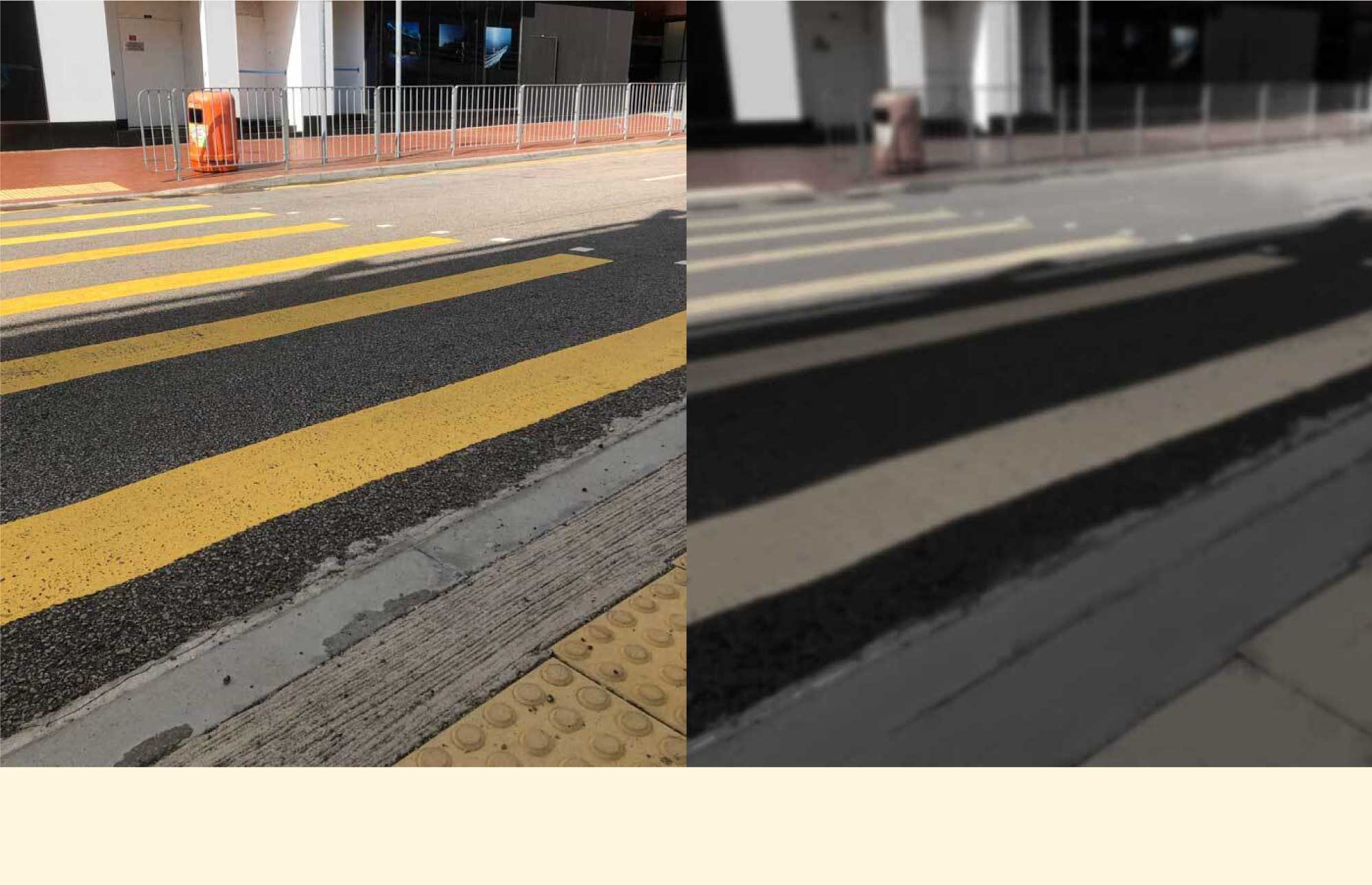
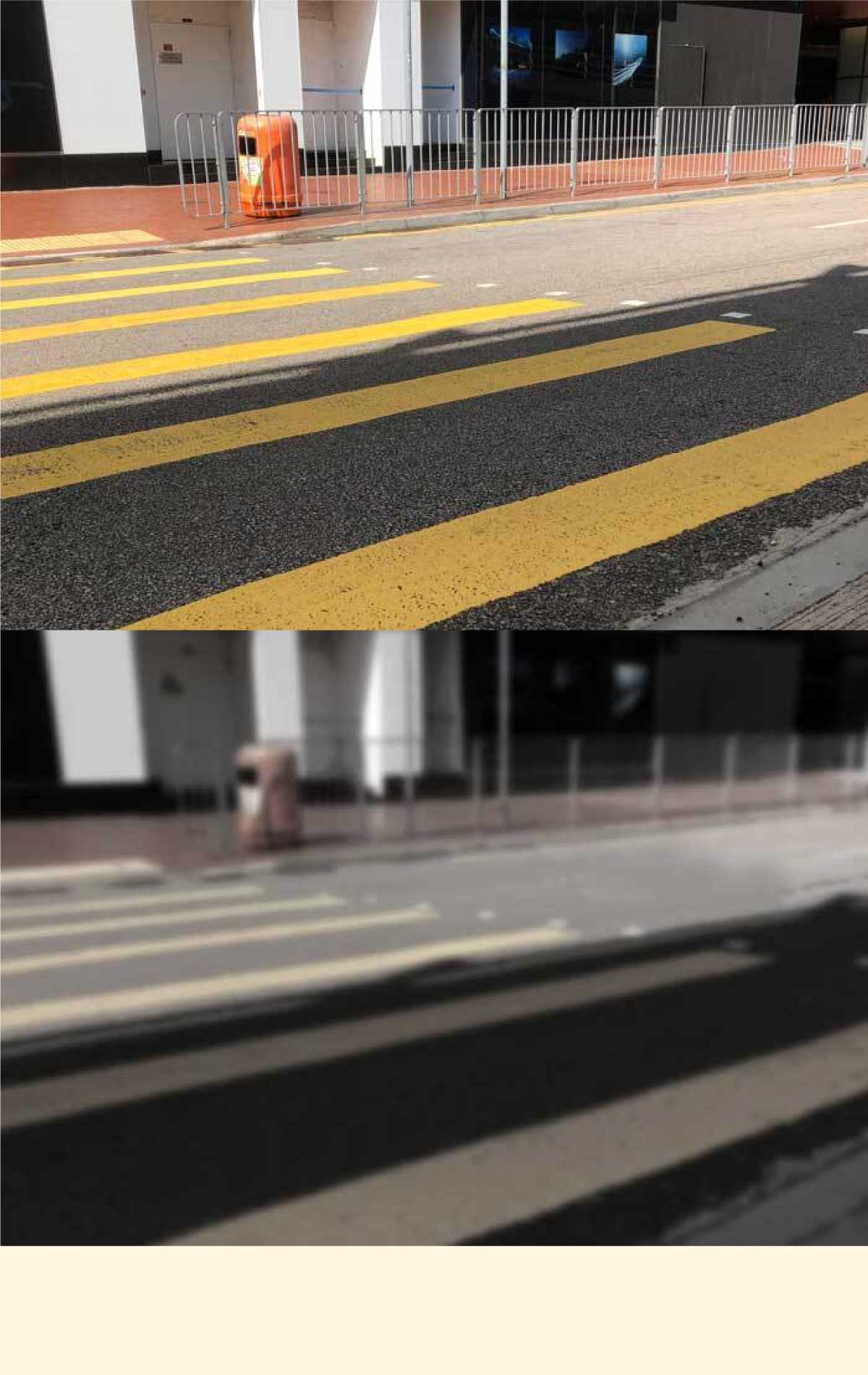


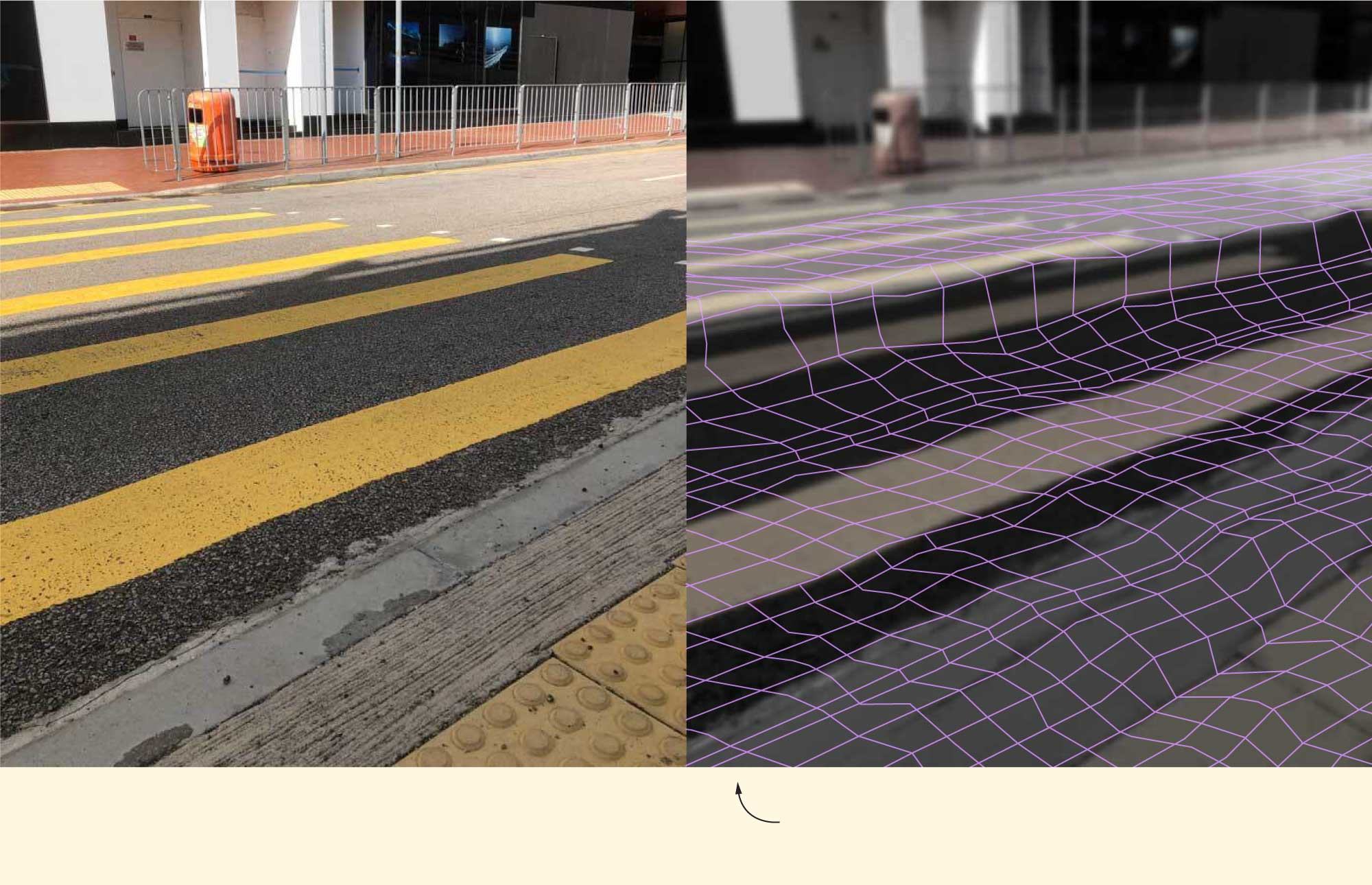
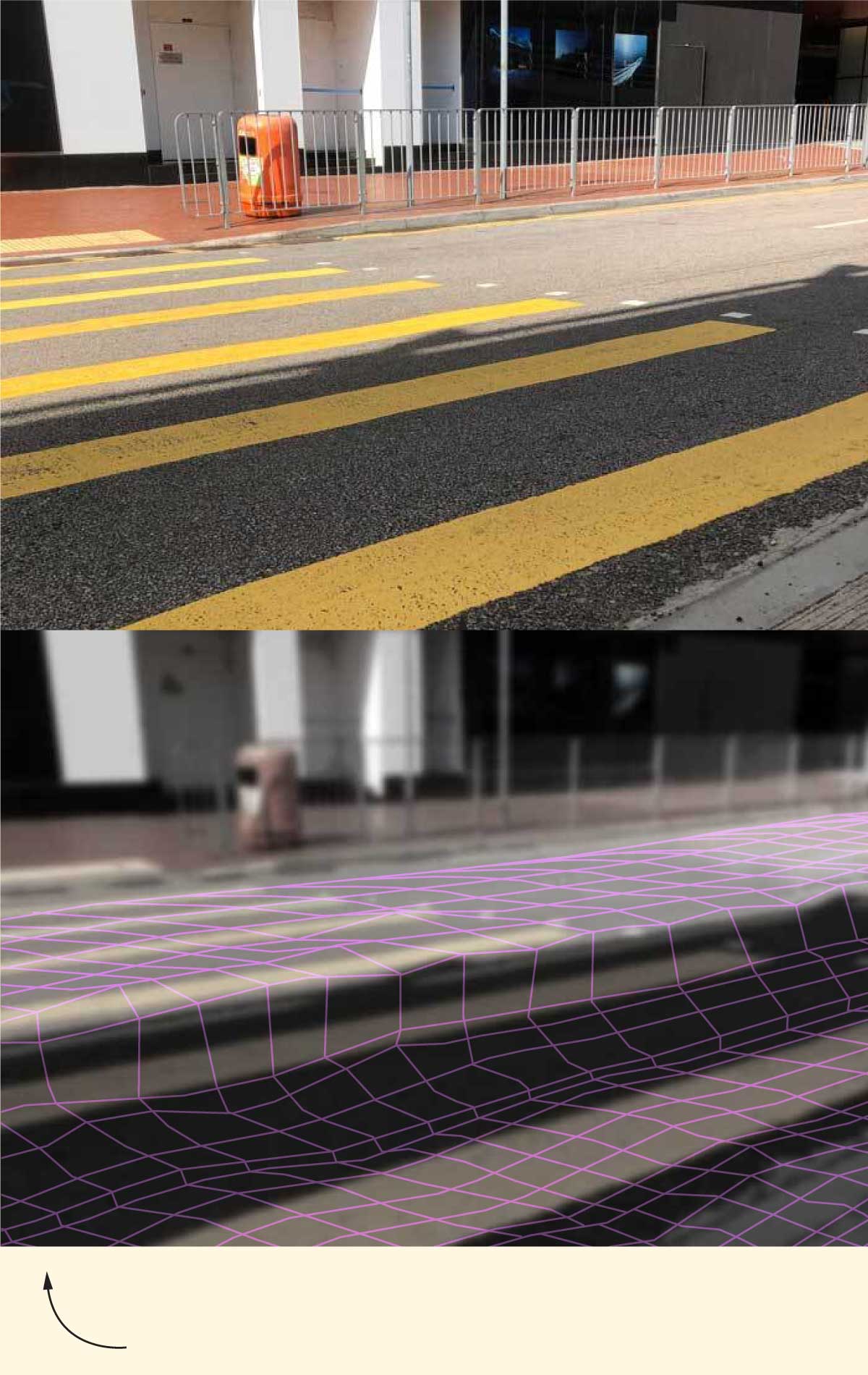
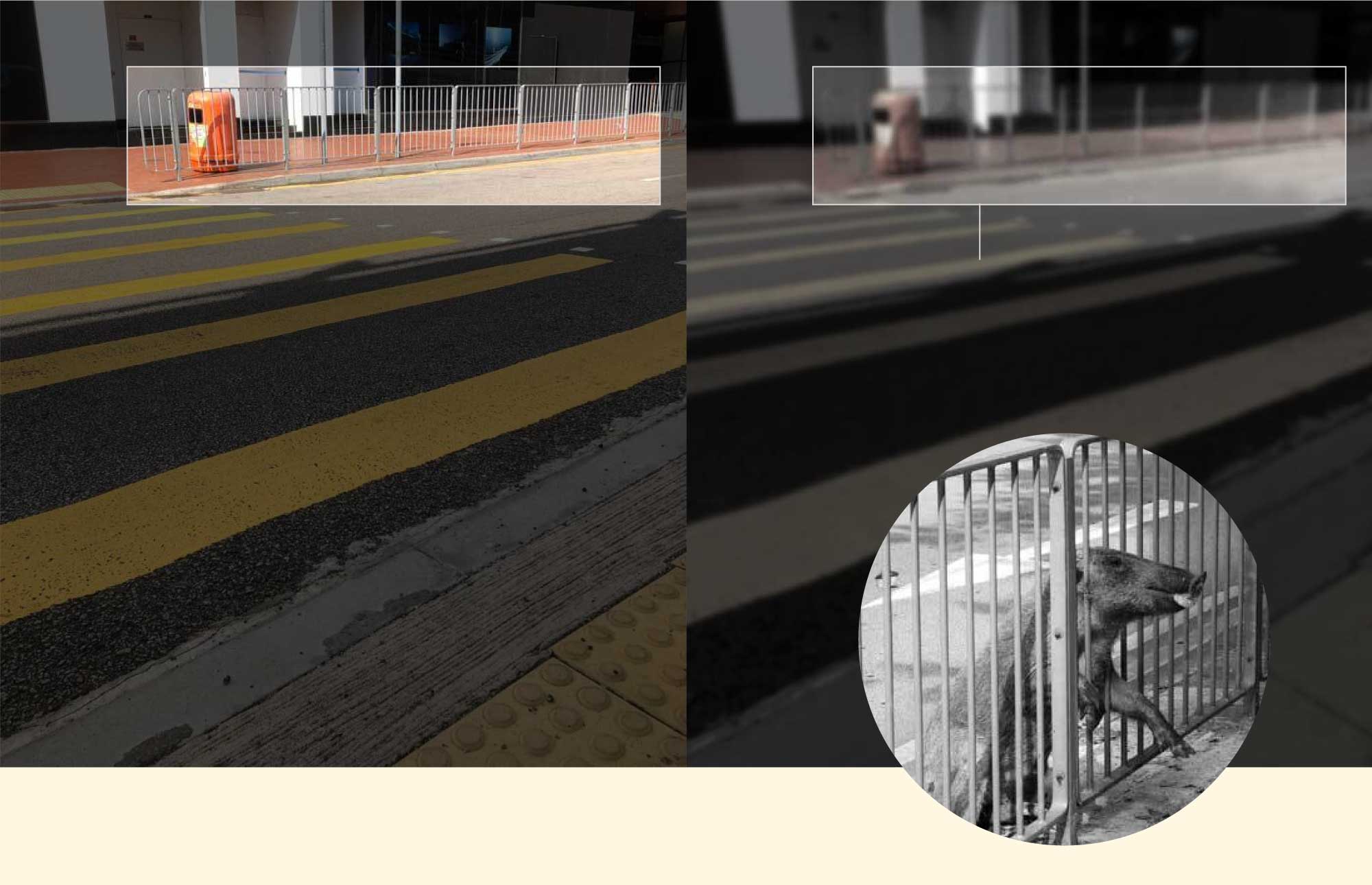

Thin bars in fences might be difficult to see for some boar, like this one that got stuck
WHERE WILD BOAR LIVE
Wild boar are native to parts of Europe and Asia, and have been introduced to other habitats worldwide by humans. They are considered a damaging invasive species in some countries.
BOAR PREDATORS
Wild boar and their offspring are prone to predation by several carnivores including large felines, bears, foxes and humans.
WHAT DO BOAR EAT?
Wild boar are omnivores, feeding on both plant and animal material in the wild. In urban areas they scavenge for food waste in rubbish.
CUTTING OFF FOOD SOURCES
Associate Creative Director Marcelo Duhalde
Illustrations by Victor Sanjinez, Kaliz Lee
Photos by Kaliz Lee, SCMP photos
Additional web development Dennis Wong
Sources:
Colorado State University, Conservation Science Partners, United States Department of Agriculture, National Center for Biotechnology Information, Science of The Total Environment, The Mammal Society, Journal of Veterinary Science & Technology, University of Zaragoza, Centre for Agriculture and Bioscience International, Agriculture Fisheries and Conservation Department of Hong Kong, Legco Panel on Environmental Affairs of Hong Kong, Texas A&M University, Department of Conservation of New Zealand